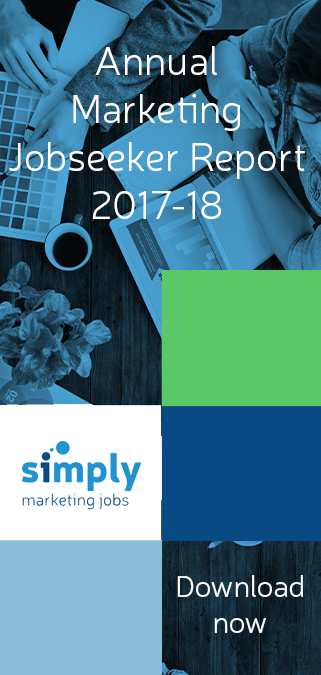Social media is unavoidable these days. Whether it is celebrities tweeting on Twitter, your friends posting pictures on Facebook or professionals networking on LinkedIn, social media has made a massive impact on how we use the internet. Crucially though, it’s also becoming a major factor in how businesses operate and when it comes to marketing, you’re ill advised to forget that social media is now a large part of the marketing mix.
Plenty of companies, both small and large, now reach out to consumers and engage across the likes of Flickr, Facebook and YouTube. Many brands maintain Facebook profiles and chat to consumers via this page, whilst others develop their own YouTube channel and fill it with unique, appealing content. Other brands still use lesser-known sites like Foursquare to launch innovative marketing campaigns.
Why are marketers engaging with social media? It is because it creates a real buzz, when done well of course, and offers a bunch of other potential benefits too. For a start, social media is extremely popular. Millions of people have Facebook accounts, for instance. So when marketers set out to reach audiences, they have difficulty ignoring the potential audience spread across social media platforms. These are audiences that in some cases aren’t watching TV as much and are perhaps turning against print alongside other forms of traditional advertising platforms.
Beyond simple exposure for the business, social media marketing can help garner more specific advantages. For example, a company on Twitter may make contact with a new business lead, or executives can form new partnerships via LinkedIn. More generally, operating across social media, whether it’s through blogs or a YouTube channel, can drive up search engine results and offer further business exposure.
Succeeding across social media is often a case of remembering the little things. Marketers should establish a social media plan to implement. Going in without considering what you want to achieve on social media can create a muddled experience. Instead, choose platforms that are right for your business and goals and become familiar with these before you really begin. Once you establish your plan, remember two things that are especially important for successful social media usage – community and content.
You need to engage with the community in the social media space you pick. Just setting up shop and broadcasting content won’t necessarily cut it on many platforms. On Twitter, for example, a brand can post links, but if they ignore replies and don’t engage with consumers who want to interact with the company, they risk isolating themselves and failing to get the most from the community. Likewise, not replying to comments on your Facebook page can have similar consequences.
Content is equally important. If your brand is putting out content that’s engaging, original and relevant to the audience you’re targeting, you stand a much better chance of reaching consumers and producing a buzz around your social media activity. Brands that create unique trailers and videos and place them on YouTube can attract consumers who are interested in what they’re producing and will then tell their friends. Just re-tweeting what other people are saying on Twitter, however, isn’t offering content that consumers can’t get elsewhere and so it’s less likely to generate buzz.
Furthermore, the content you offer should reflect what your brand is about. If you’re involved in car manufacturing, presenting a demonstration video of a new model or providing maintenance tips to customers are two ways to give consumers something relevant and useful, that also ties in to what you as a brand do. Use your expertise to create content that other companies can’t and thus edge ahead of others in the social media stakes.
Blogs are a big part of the social media sphere and your own business blog is one way to reach a new audience and make contact with both consumers and industry insiders in a not-too-formal manner. But you can go beyond this by engaging with other blog writers. Join discussions, follow blogs that are relevant to your company and gradually build up your status in the community. In time, you may be able to take advantage of the work you’ve done. For example, another blog, which is independent, might give you an opportunity to write as a guest blogger one week, opening up the door to reach a new audience.
The result of all this activity will be that inevitably, people will talk about your company across social media. This isn’t usually a bad thing. You can track what people are saying using tools such as TweetDeck and Bing searches to discover when you’re being mentioned on Twitter, for example, or check via Facebook’s real-time search engine. Take on board what’s being said, even the negatives. If you do find complaints about your content or your business operation in general, calmly take time to respond to these politely. It’s possible you’ll be able to rectify the situation through this contact.
Photo by Andreas Eldh
Forget coronavirus exists with these ideas
Does your news feed have anything other than coronavirus on it? Is it all you see on the TV right now? Yes, we need to stay informed, but could the focus on coronavirus leave us feeling deflated and like there's no light at the end of the tunnel? Certainly. So, how...
Marketing jobs with the highest salaries
Recent data compiled by Simply Marketing Jobs shows the highest paid jobs within the marketing industry. This article provides a breakdown of these jobs, the average salaries for marketing roles on offer and what they entail. If you are looking to progress your career...
Graphic Designer: Job Description
The main job role of a Graphic Designer is to communicate all sorts of information and ideas through images and text. If you're the creative type then please read on as this could be the job role for you.Becoming a Graphic Designer is no easy feat, especially if you...






